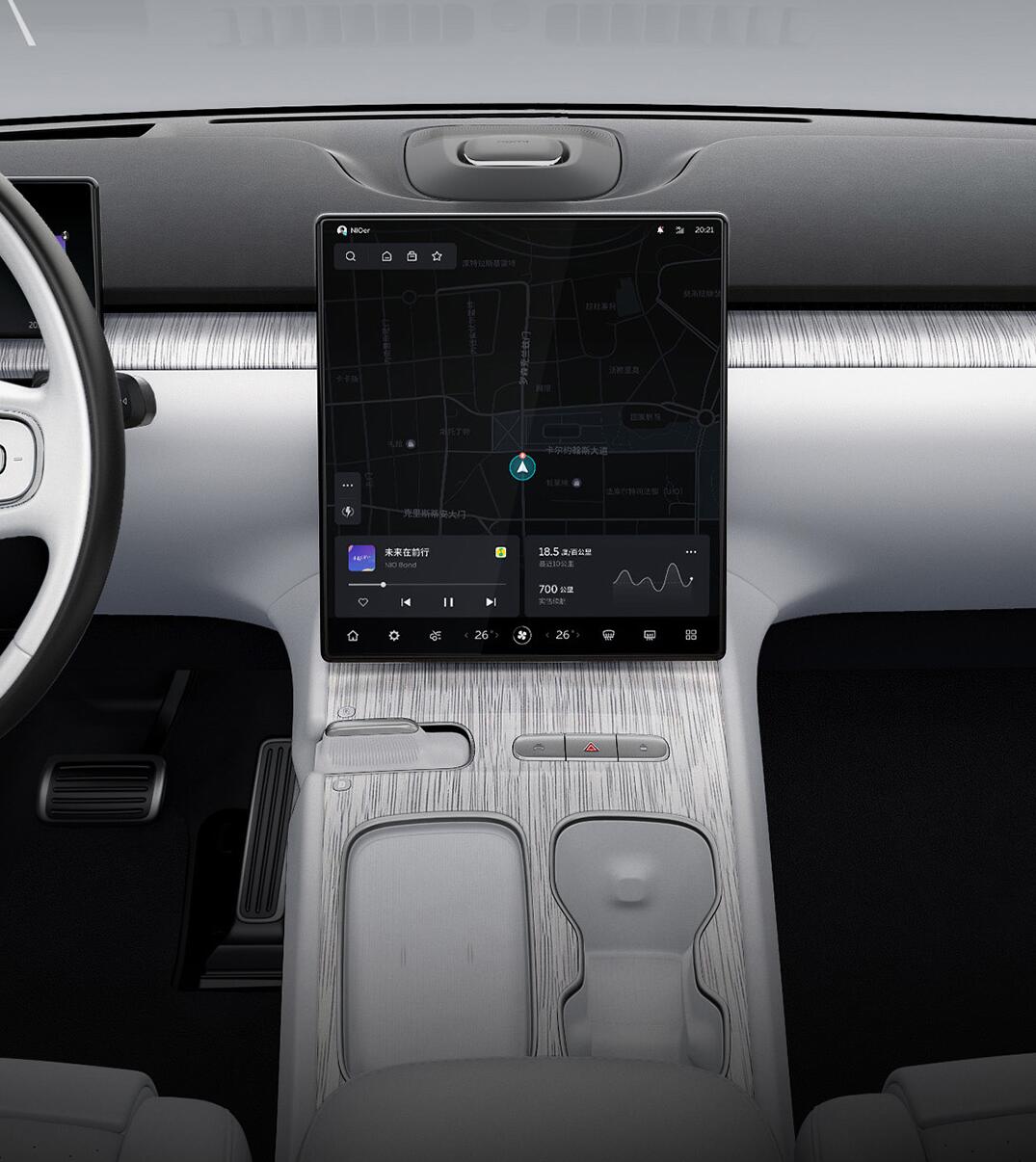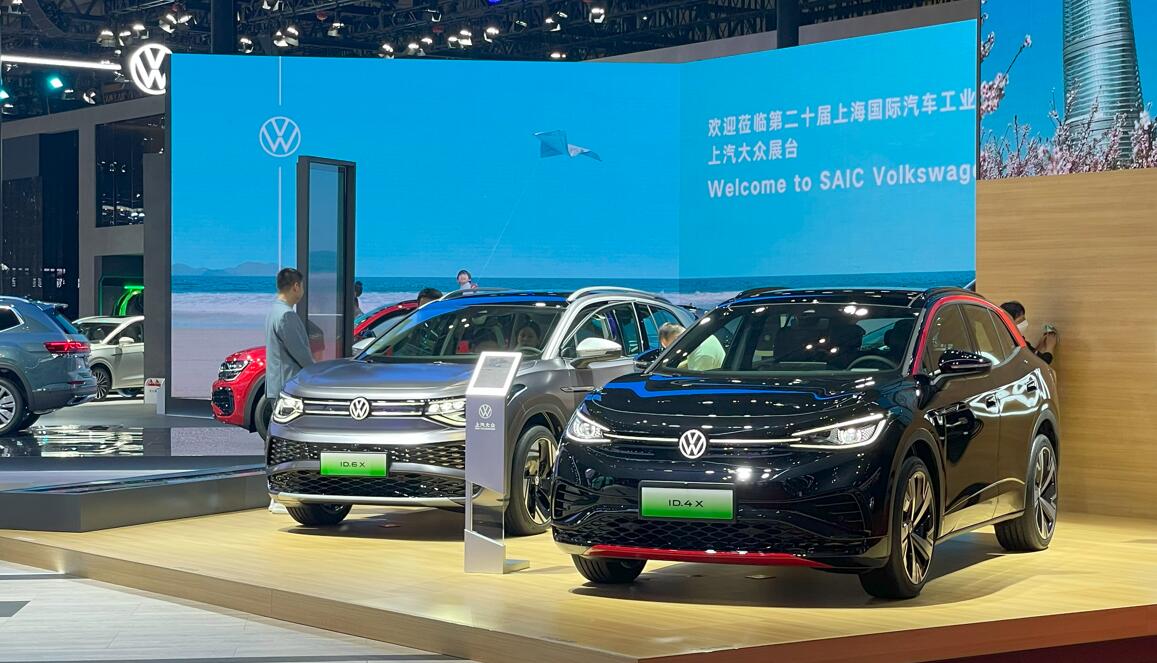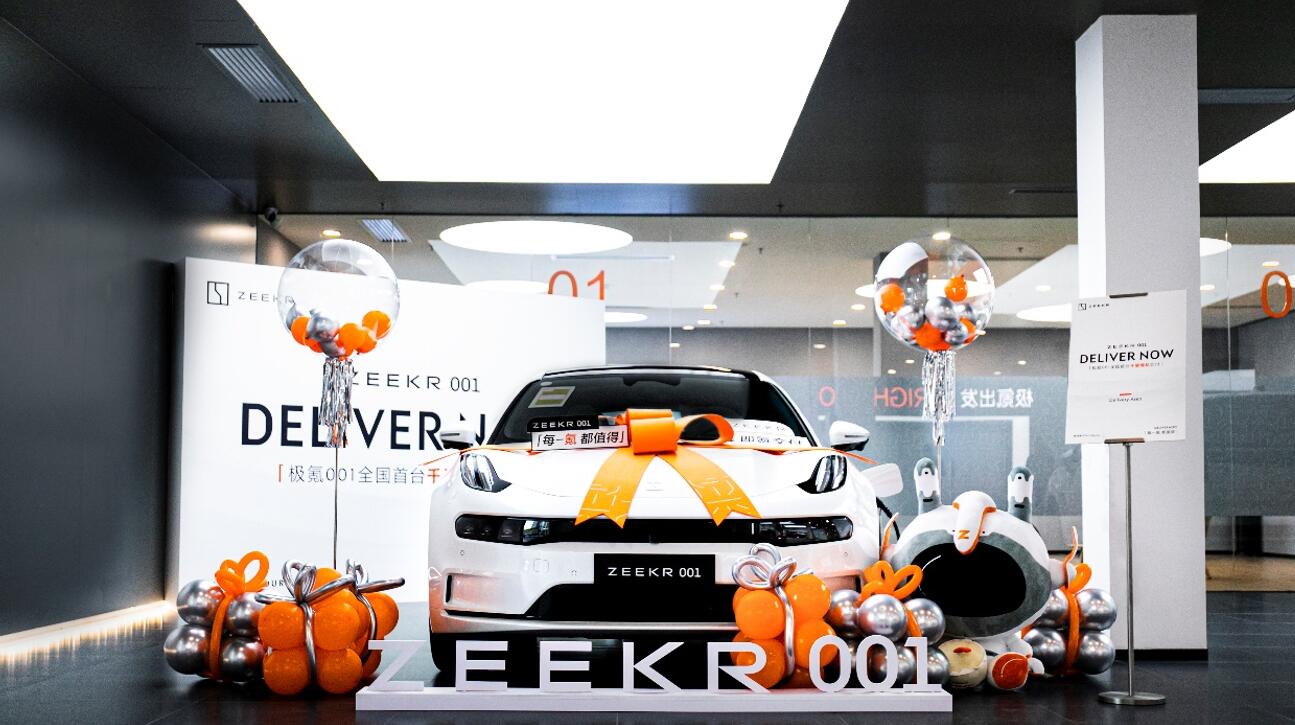Ganfeng said its first-generation solid-state battery can reach an energy density of 260 Wh/kg, with a production line capable of producing 4 GWh per year.

(Image credit: Ganfeng Lithium)
China's Ganfeng Lithium -- the world's largest lithium producer by market capitalization -- said it has begun mass production of its first-generation solid-state battery, after announcing the new technology in late 2021.
Ganfeng revealed the progress in a May 19 investor conference meeting minutes, saying its first-generation solid-state batteries can reach an energy density of 260 Wh/kg and that the production line is designed to have an annual capacity of 4 GWh.
Production of the solid-state battery is currently undergoing capacity creep, with application scenarios including power batteries and energy storage, according to the minutes.
Ganfeng's second-generation hybrid solid-state lithium battery uses lithium metal as the anode and can reach an energy density of 400 Wh/kg, the company said.
The safety performance of the second-generation solid-state battery meets automotive requirements, and the cycling performance of the sample battery has met the requirements of car companies, Ganfeng said.
Ganfeng unveiled its first-generation solid-state battery, a hybrid solid-state and liquid lithium-ion battery, on December 10, 2021.
The battery has an oxide electrolyte and uses graphite for the anode. It has a diaphragm, but unlike conventional diaphragms, it uses a solid electrolyte diaphragm.
Ganfeng did not announce the energy density of the first-generation solid-state battery at the time, but said the second-generation solid-state battery had an energy density of more than 360 Wh/kg.
The company's latest announcement means that it has made new progress in the development of the second-generation solid-state battery over the past year and a half, allowing for a further increase in energy density.
Current mainstream lithium-ion battery cells have an energy density of just over 200 Wh/kg, and NIO's (NYSE: NIO) 150 kWh semi-solid-state battery, expected to be available within months, is 360 Wh/kg.
On April 19, CATL unveiled its new battery technology, Condensed Battery, which claims an energy density of up to 500 Wh/kg for a single cell.
The Condensed Battery will be available for use in electric vehicles and will have mass production capability within this year, said Wu Kai, CATL's chief scientist at the time.
CATL unveils Condensed Battery for electric aircrafts and EVs
The post Lithium producer Ganfeng says it has started mass production of 1st gen solid-state battery appeared first on CnEVPost.
For more articles, please visit CnEVPost.
















